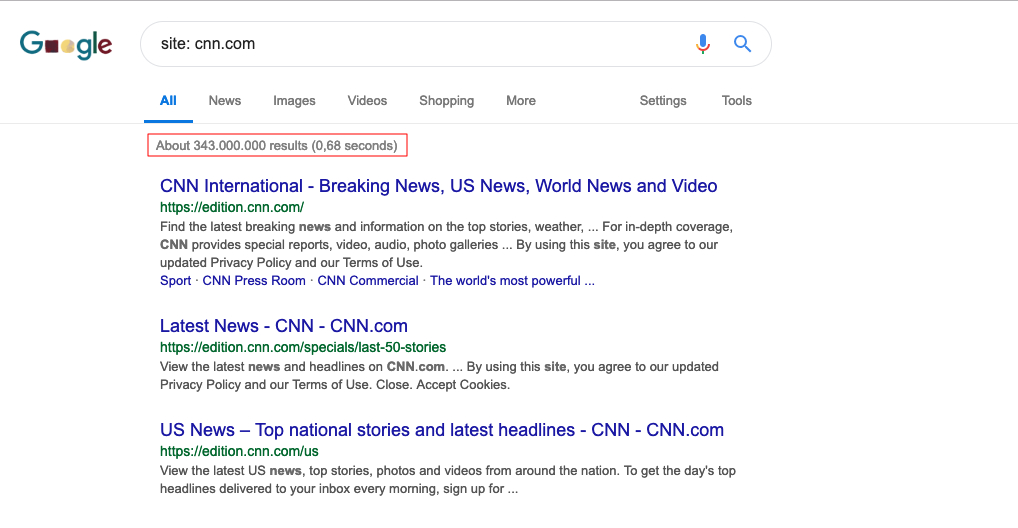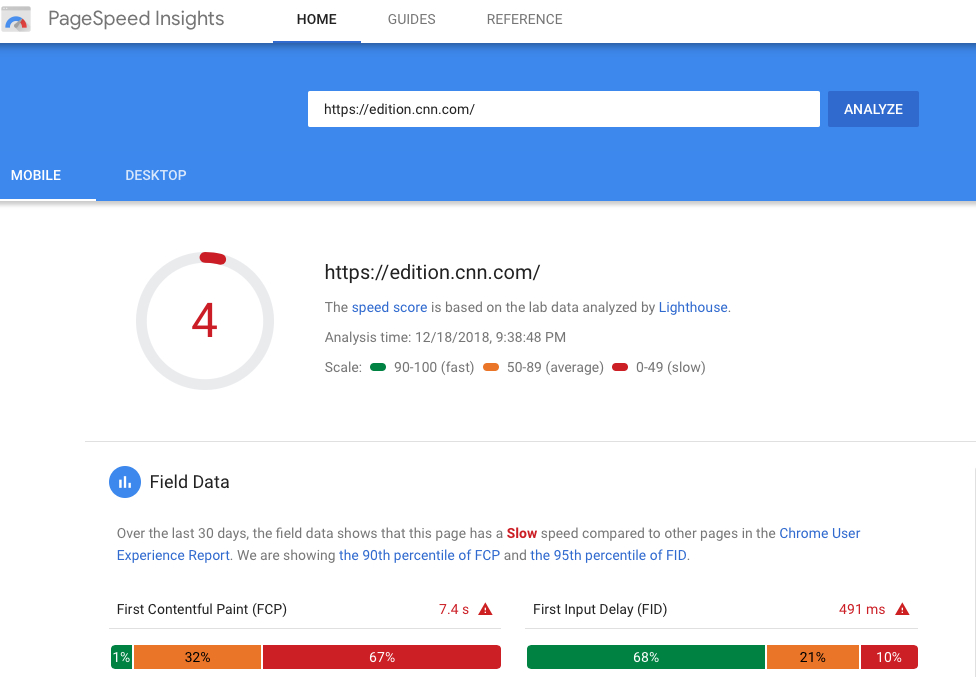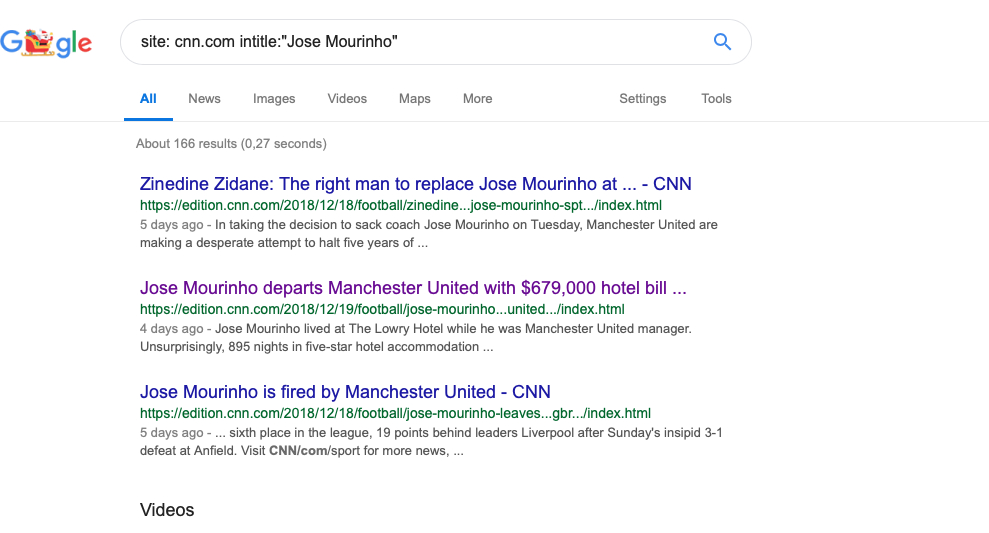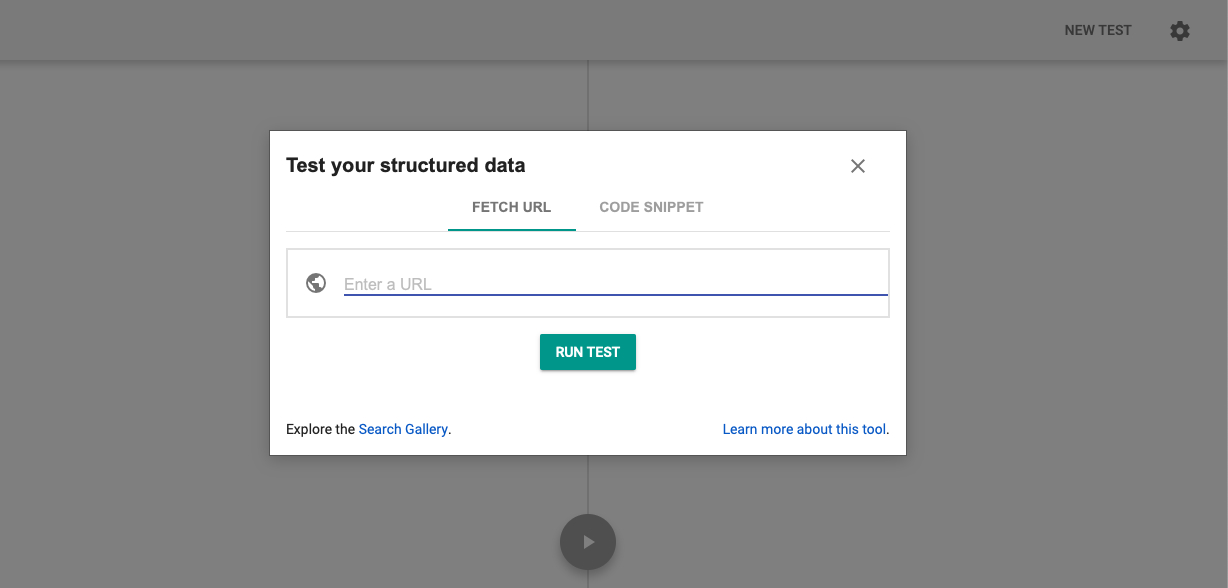Let’s be honest: 2018 was exhausting for everyone involved in SEO.
We have witnessed a significant algorithm update, and as a rule, Google did not reveal much information except the fact that it was about E-A-T.
Some people experienced tremendous uplift, but the majority of digital marketers have seen it as a negative.
While we are still in a phase of uncertainty, I will show you five quick on-page SEO checks that guarantee a predictable uplift in 2019.
-
Contents
Indexability Status
Yes, content will continue to be king. And yes, I know you will have heard this many times. But what if all the time you spend creating valuable content has no effect on your ranking?
Nobody wants that, right?
A necessary condition for any website or online business to be successful in 2019 is to be visible for the Search Engines that crawl the web. In other words, if Google does not index your entire site (or particular pages) there is a great chance you will remain…
….the only visitor.
That’s why it’s so important to discover your crawl budget (especially if you own a big site). For every website, SE’s have a particular budget. If you send them to crawl non-indexable pages, there is a risk of exhausting the crawler.
Just ask yourself: do you want to send bots to the wrong pages and prevent them from reaching the most valuable ones?
There could be a couple of reasons why the number of non-indexed pages has increased:
- You implemented a Noindex Tag by accident. This particular mistake can happen to even the most experienced SEO managers.
- You modified the robot file. In the robot.txt file, you tell Google which pages or directories to crawl. You could have accidentally included a specific page and banned the bot.
- Recently modified product/subdirectory pages. If you delete a subdirectory, but you do not submit your sitemap with changes, Google will display a 404 code.
- A change of URL structure without 301 redirections. Search engines know the old version of your website, but without a redirection, they will not index the new one.
So, how can you check if the number of indexed pages within your website has changed?
The first and most obvious solution is to perform a simple Google site-query:

The number you see in red (just before organic) is the number of your indexed pages (343.000.000 pages for CNN).
Google Search Console is the next place to check. In the old version of the console, the menu ‘Index Status’ showed the total amount of indexed pages, blocked by robots and removed.
Now all this info is transformed into the Index Coverage report within the New Search Console.

The report in this ‘Error’ section will give you more details regarding possible errors that occur within sites such as 404s, 500s, crawl issues and problems with content that has been blocked in the robot file. Do yourself a favor and check this section regularly.
Section ‘’Valid’’ will show all pages that you put in the sitemap and submit for indexing. If you want to check for warnings, go to the section ‘’Valid with warnings’’.
In ‘’Excluded’’ Google displays all crawled pages that were excluded from indexing. Combine the info from all sections to get a full picture.
-
Page Speed
Page Speed was crucial for ranking in 2018 and it will continue to be in 2019.
Why?
Because Google officially announced that starting from July 2018, page speed is a ranking signal for mobile searches. In Google’s eyes, mobile-friendly websites give a better user experience and thus should be ranked higher.
Google now crawls and indexes the mobile version of your website first and displays the information to searches based on this.
A desktop version will be shown when someone performs a desktop search.
So, what could make your website slow?
- Uncompressed JavaScript. Compress this animal now!
- Uncompressed pictures. There is nothing more irritating than oversized, unoptimized photos that take time to load. Use vector graphics wherever possible.
- Loading files that users do not need. I know slideshow galleries that you’ve created for desktop browsers can be appealing, but on mobile, they tremendously increase page load time.
- Too many plugins. If you happen to run a WordPress website, don’t install a bunch of plugins with CSS files and Javascript.
Now that we have seen some of the reasons for a drop in load speed, it’s time to show you where to test your page speed.
The first place to check is always the source: Google PageSpeed Insights gives you all the details you need. You have a different speed score for desktop and mobile and also three scales: 90-100 (fast), 50-89 (average) and 0-49 (slow).

But this is not all…
Google also recommends actions that will reduce load time as well as performing a diagnostic performance review of your website.
-
Duplicate Content
If you’ve been involved in SEO for a long time, then you’ve undoubtedly dealt with duplicate content. Everything on your website that shows up more than once (in the index) falls into this category.
While Google doesn’t officially penalize this type of content, it has the potential to ruin all of your ranking efforts.
It is important to remember that search engines are pretty good at handling such a situation: they choose a version of the content that serves the best and show this to the search.
You create duplicate content when:
- You do not specify the version of the website: ‘’ www.site.com” and ”site.com” (yes, they are different).
- Web analytics create ID sessions: every unique visitor gets an ID that is the same within the URL.
- You add a new category or product page (especially for e-commerce).
- You are using the same content to target people in different regions without implementing hreflang.
So, how do you fix it?
Head to your Search console and under ‘Search Appearance’ (in the old version) look for HTML Improvements.
The report will show what kind of duplicate content you have on your website: title tag, meta description or non-indexable content.
If you are serious about SEO, you should fix these problems.
You can also use the standard Google search command: intitle:”keyword”. This shows you the target keyword you want to check within the website. In the case of duplicate content, the SERP will show all the pages that include the same phrase.
-
Internal Linking Structure
You will have read this many times in 2018: internal links are vital for every SEO strategy but remain in the shadow of another type of ”easy” optimization.
Yet, the way we structure links within a website could be the difference between top 3 on page 1 (where the traffic is) and page 2 (believe me you do not want to be there).
Internal links serve both SE’s and your visitors when they interact with your website.
When optimized properly, internal links navigate crawlers and help them understand the context of your webpage. It is essential to create these links and implement appropriate anchor text (that provides the most relevant information).

Another rather trivial reason why you should get your internal structure in order in 2019 is to spread link juice to the underperforming pages. Good content and smart keyword targeting pages might not get indexed by Search engines if there is no direct link explicitly pointing to them.
What about users?
Your visitors would also benefit. Firstly, people that visit your website will interact easily and go from one section to another. And secondly, they will spend more time on the site (if all the info they need is there why bother going somewhere else?) which would send a signal to Google about relevance.
A win-win situation.
As we have seen, the power of internal structure let’s you find and check your links.
In the new Search Console from the main menu, you will find the ‘Links’ section. There you find all internal and external links, along with top linking sites and text (extracting only external links is possible).
However, you should keep in mind that not all links are shown in the Search console. Sometimes Google can miss or ignore some of them and thus not give you the complete picture. Additionally, you can test your website with web crawlers (like JetOctopus) and compare the results.
-
Structured Data
Hate it or love it. But never underestimate the power of it.
In comparison to the four other optimization tactics I showed you, structured data has no negative impact on your SEO if you don’t implement it.
In other words: you can survive without having structured data on your website.
Then why have I included it here?
Structured data as described by Google is the ”standardized format for providing information about a page and classifying the page content”. Search engines use this type of information entities to understand the content of the page better.
Google, Yahoo, Microsoft, and Yandex agreed to use unified vocabularies, and this is how Schema.org was born. It can be used with different vocabularies, but three formats are preferred (and strongly recommended): JSON-LD, Microdata, and RDFa.
What are the benefits? There are two worth mentioning:
- Featured snippet: these are results that pop up before the organic. It can be text, photo or video. As you will have already guessed, click-through rate is higher and can bring you more visitors.
- Voice search position: Google takes the first featured snippet result and shows it as a voice result.
You should take structured data seriously. Make sure to include only entities that are relevant to your business. Google is in a position to detect spammy data and can manually give you a penalty.
Now, straight to the question of how to get your data done. Go to Structured Data Markup Helper, select the type of data that you want to add and insert your website.

Once you are done with all the elements, you need to extract the HTML markup and insert it in the head section of your website.
If you want to test your structured data, Google has created a Structured Data Testing Tool:

Conclusion
SEO is changing.
Today you need far more sophisticated knowledge to be successful in the field. The days when you could insert keywords in the URL, the title tag and H1 are gone.
As you might argue, some of these checks fall into the technical SEO category and require more technical-oriented skills. However, I genuinely believe that to make your website successful you need to get your hands dirty.
But don’t worry. You aren’t alone.
All of the tools I have shown you here will save you a lot of time and guess work. Google gives you all their tools for free but if you want to be on the safe side, checking with other web services can be a very good investment.
Now it’s your turn. Make 2019 your best year.
- About the Author...









